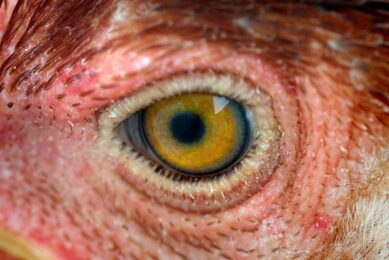USPOULTRY announces research project results
US Poultry & Egg Association has announced the completion of two research projects. The projects are part of the Association’s comprehensive research program encompassing all phases of poultry and egg production and processing.
A brief summary of the completed projects are shown below. A complete report, along with information on other Association research, may be obtained by going to USPOULTRY’s website.
Project #656: Determination and Analysis of the Poultry Gut Viral Metagenome (Dr. Michael Day, Southeast Poultry Research Laboratory, Athens, GA)
Poultry enteric disease is an ongoing economic problem for the poultry industry. The following symptoms are related to this recognized enteric disease syndrome: Poult Enteritis Complex (PEC), Poult Enteritis Mortality Syndrome (PEMS), and Running-Stunting Syndrome (RSS). Although decades of research have implicated the above symptoms and other viruses, a definite cause of this disease remains unknown. Using state -of-the-art nucleic acid sequencing, research was conducted to determine the full genomic profile of organisms found in the gut environment. New novel viruses were identified.
For a detailed summary, click here: http://www.poultryegg.org/research/resproj/PROJ_656.html
Project #F025: “Are the Infectious Laryngotracheitis Virus (ILTV) Recombinant Viral Vector Vaccines Efficient Tools for the Control of the Disease” (Dr. Maricarmen Garcia)
Infectious Laryngotracheitis Virus (ILTV) Recombinant Vaccines are now commonly available to the poultry industry. However, over the past several years vaccination with recombinant laryngotracheitis (ILT) vaccines has resulted in variable results. In Georgia two thirds of the ILT cases recorded during 2008 occurred in flocks vaccinated with recombinant vaccines during incubation (in ovo). Research was conducted to determine the degree and onset of protection induced by recombinant vaccines when applied in ovo and subcutaneously; to determine if shedders are produced in recombinant vaccinated chickens; and to improve detection of antibodies produced following vaccination.
For a detailed summary, click here: http://www.poultryegg.org/research/resproj/PROJ_F025.html
Join 31,000+ subscribers
Subscribe to our newsletter to stay updated about all the need-to-know content in the poultry sector, three times a week. Beheer
Beheer











 WP Admin
WP Admin  Bewerk bericht
Bewerk bericht